Research Research Highlights
Research Highlights
Research Highlights
Research Highlights
Research Highlights 미리보기
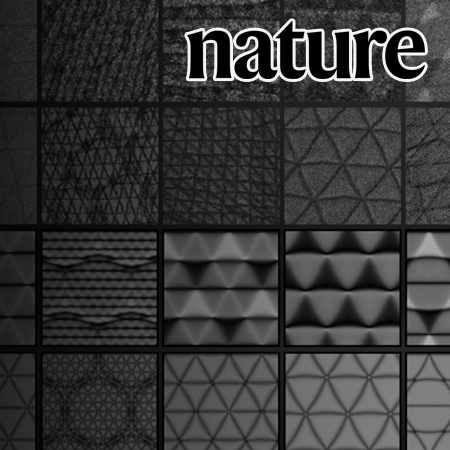
Professor Hyobin Yoo’s Research Team at SNU Develops 2D Quantum Material Platform Using Moiré Lattice Superposition
Prof. Hyobin Yoo
Seoul National University College of Engineering has announced that a joint research team led by Professor Hyobin Yoo from the Department of Materials Science and Engineering, in collaboration with Professor Young-Woo Son (Korea Institute for Advanced Study) and Professor Changwon Park (Ewha Womans University), has successfully developed a two-dimensional (2D) quantum material platform through the superposition of moiré lattices.
Research Highlights Board
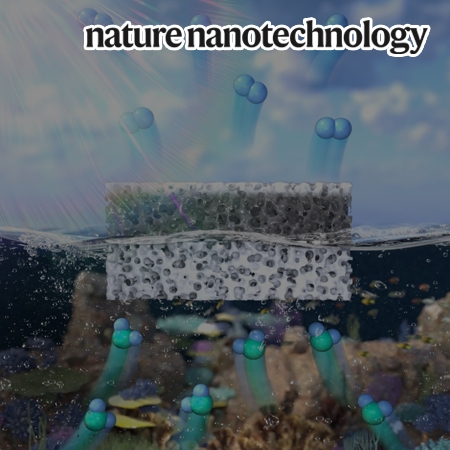
Floatable photocatalytic hydrogel nanocomposites for large-scale solar hydrogen production
Prof. Taeghwan Hyeon, Prof. Dae-Hyeong Kim
Storing solar energy in chemical bonds aided by heterogeneous photocatalysis is desirable for sustainable energy conversion. Despite recent progress in designing highly active photocatalysts, inefficient solar energy and mass transfer, the instability of catalysts and reverse reactions impede their practical large-scale applications.

First quantification and chemical characterization of atmospheric microplastics observed in Seoul, South Korea
Prof. Sujong Jeong
This study is the first report on atmospheric microplastics (MPs) observed in five outdoor environments, including an urban forest, a business center, commercial areas, and a public transportation hub in Seoul, South Korea.
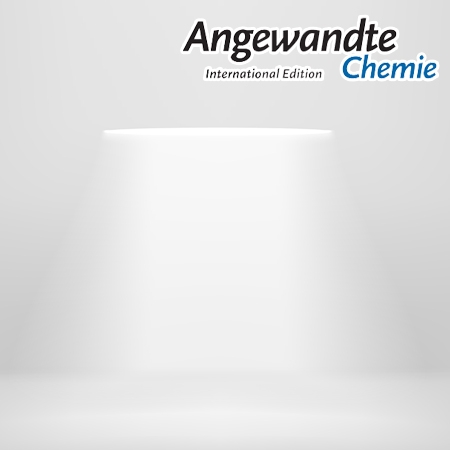
Single-Benzene Dual-Emitters Harness Excited-State Antiaromaticity for White Light Generation and Fluorescence Imaging
Prof. Dongwhan Lee
Single-benzene dual-emitters are realized by proton transfer equilibrium between two emissive tautomers. We demonstrate that the excited-state antiaromaticity of the benzene core drives the proton movements.
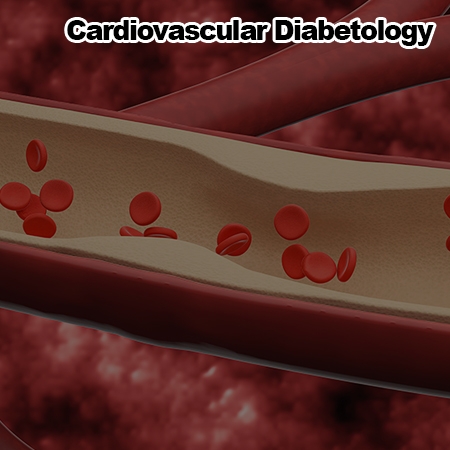
Changes in high-density lipoprotein cholesterol with risk of Cardiovascular Disease among initially high-density lipoprotein-high participants
Prof. Sang Min Park
High-density lipoprotein cholesterol (HDL-C) levels were previously considered to be inversely associated with a higher risk of cardiovascular disease (CVD).
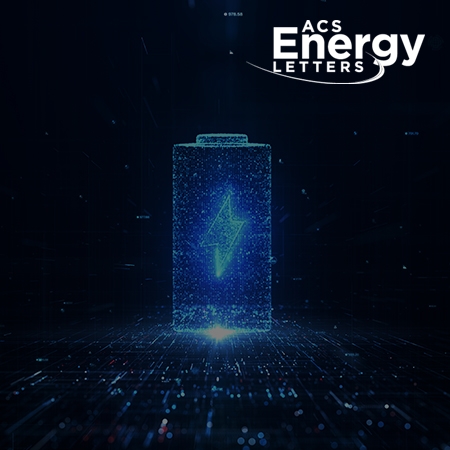
Monolithic 100% Silicon Anode for All-Solid-State Batteries Achieving High Areal Capacity at Room Temperature
Prof. Jongwoo Lim
Silicon is an attractive anode material for all-solid-state batteries (ASSBs) because it has a high energy density and is safer than metallic lithium.

Dissecting the Terra-LUNA crash: Evidence from the spillover effect and information flow
Prof. Jaewook Lee
The Terra-LUNA crash in May 2022 was triggered by the depeg of the ecosystem’s stablecoin UST. It led to the unprecedented demise of a blockchain ecosystem and cost investors tens of billions of dollars.

Thermal characteristics of crystalline and amorphous 2′-fucosyllactose, a human milk oligosaccharide
Prof. Donghwa Chung
The thermal characteristics of crystalline and amorphous forms of a human milk oligosaccharide, 2ʹ-fucosyllactose (2ʹ-FL), were investigated by differential scanning calorimetry and thermogravimetric analysis, and compared with the two forms of α-lactose monohydrate.
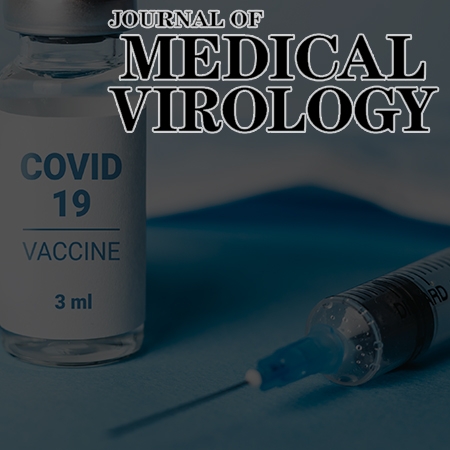
Comparable humoral and cellular immunity against Omicron variant BA.4/5 of once-boosted BA.1/2 convalescents and twice-boosted COVID-19-naïve individuals
Prof. Myoung-Don Oh, Prof. Hang-Rae Kim, Prof. Hyun Mu Shin, Prof. Chang-Han Lee
The fourth vaccination dose confers additional protective immunity against severe acute respiratory syndrome coronavirus 2 (SARS-CoV-2) infection in individuals with no prior coronavirus disease-19 (COVID-19).
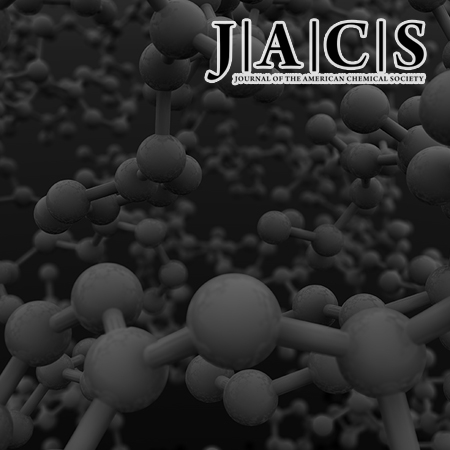
Underlying Role of Hydrophobic Environments in Tuning Metal Elements for Efficient Enzyme Catalysis
Prof. Woon Ju Song
The catalytic functions of metalloenzymes are often strongly correlated with metal elements in the active sites. However, dioxygen-activating nonheme quercetin dioxygenases (QueD) are found with various first-row transition-metal ions when metal swapping inactivates their innate catalytic activity.
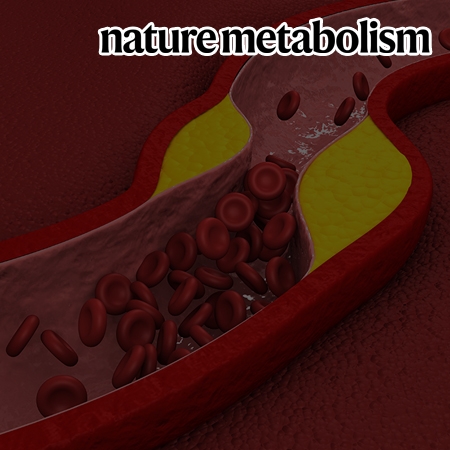
Lysosomal control of senescence and inflammation through cholesterol partitioning
Prof. Chanhee Kang
Whereas cholesterol is vital for cell growth, proliferation, and remodeling, dysregulation of cholesterol metabolism is associated with multiple age-related pathologies. Here we show that senescent cells accumulate cholesterol in lysosomes to maintain the senescence-associated secretory phenotype (SASP).



